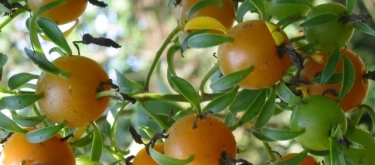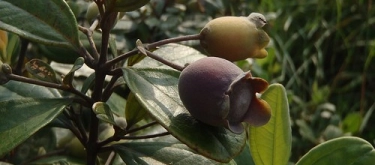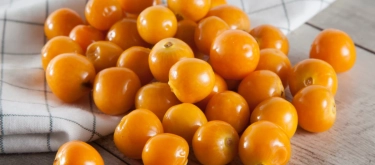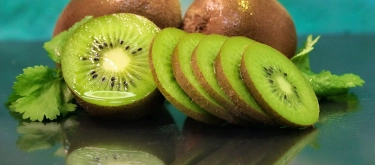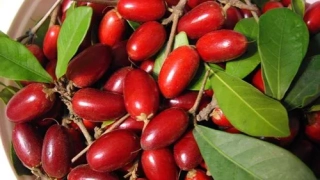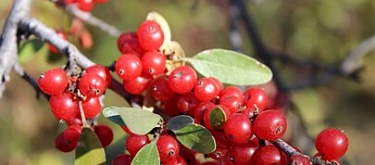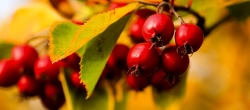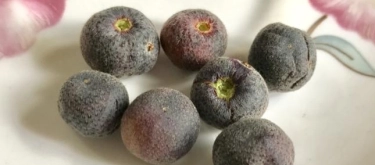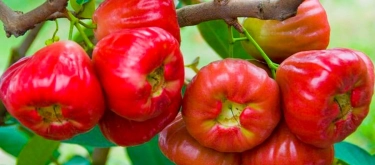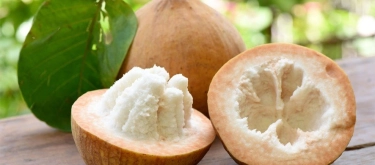Gooseberry: Taste Profile, Aroma, Benefits and Health Risks
Gooseberry (Ribes uva-crispa), known as goosegog in the UK, is a small, round fruit native to Europe and parts of Asia. It has long been appreciated in northern and eastern European cuisines for its refreshing, sharp taste and is valued both wild and cultivated.
Gooseberry is well-tolerated for most people. Rarely, it may provoke allergic reactions in individuals sensitive to other Ribes berries. Contains oxalates in small amounts; people with kidney stones should consume with caution.
What does Gooseberry taste like?
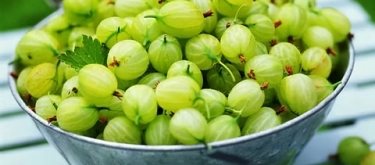
Complete Sensory Description
First impression: When biting into a fresh gooseberry, you feel a crisp burst of tart juice. The initial flavor is distinctly sour, clean, and lively.
Development: As you chew, subtle vegetal and green apple notes become noticeable. In ripe berries, a gentle honeyed or floral sweetness may appear, but the tartness remains dominant.
Aftertaste: The finish is clean, slightly astringent, and refreshing, often leaving a lingering tang similar to green apple skin.
Texture: Thin, resilient skin with a juicy, soft pulp and tiny edible seeds.
Appearance: Small, round or oval berries (1–2 cm), green (for cooking) or red/yellow/purple (for fresh eating), sometimes with fine bristles.
In-depth Flavor Analysis
Gooseberry’s strong tartness comes from high levels of malic and citric acids, especially in green, underripe fruit. Ripening increases sugar (glucose, fructose), softening acidity and adding faint floral or honey notes. Volatile compounds like hexanal give a grassy, green aroma, while tannins in the skin and seeds cause a mild drying effect. The balance of acids, sugars, and tannins changes with climate, variety, and harvest time.
Varieties and Culinary Applications: Practical Chef Recommendations
Gooseberries are divided into two main groups: tart green varieties (typically used in cooking) and sweeter red or yellow varieties (often eaten fresh).
-
Green gooseberries (firm, high acidity):
Used for:-
Sauces for oily fish (especially mackerel), duck, pork, or game: simmer whole or sliced gooseberries with a little sugar, then strain for a tangy sauce that balances rich meats.
-
Traditional British desserts: fool (mashed gooseberries mixed with whipped cream), crumbles, pies — green gooseberries hold their shape and tartness when cooked, giving desserts a bright, refreshing flavor.
-
Chutneys, relishes, and savory tarts: often cooked with onions, spices, and a touch of sugar or honey for a sweet-sour balance.
-
Jams and jellies: their natural pectin helps set preserves without additives.
-
-
Red and yellow gooseberries (softer, sweeter, less acidic):
Used for:-
Eaten raw as a snack or in fruit salads.
-
Toppings for yogurt, muesli, pancakes, or ice cream.
-
Baked into muffins, tarts, pavlovas, or cheesecakes for a gentle berry sweetness.
-
-
Roasted or grilled gooseberries:
Some chefs roast green gooseberries with oil and a pinch of salt to mellow the acidity. Roasted gooseberries are served warm as a side for pork, game, or poultry, or added to warm salads with grains and goat cheese. -
Pickled or fermented gooseberries:
Used in Indian chutneys and pickles, or as a sharp, savory garnish for sandwiches, charcuterie boards, or seafood. -
Modern applications:
Gooseberry puree or juice is used by chefs and bartenders in sauces, dressings, and craft cocktails for natural acidity, tartness, and color. Pickled or quick-pickled gooseberries provide a tangy kick for open-faced sandwiches or Scandinavian-style fish dishes.
Simple chef advice:
-
Use green, slightly underripe gooseberries for any cooked or savory dish — they keep their structure and deliver a clean sourness that balances fat and salt.
-
Use fully ripe, red or yellow gooseberries fresh, or lightly cooked for mild desserts.
-
If adding gooseberries to salads or cheese plates, slice them crosswise for a visually appealing “star” shape and even flavor distribution.
-
For the brightest jam or pie flavor, combine green and red gooseberries for a balance of acidity and sweetness.
Selection and Storage
Choose berries that are firm, plump, and free from blemishes. Green and slightly underripe berries are best for cooking, ripe red or yellow ones for fresh eating. Store unwashed in the refrigerator for up to a week. For longer storage, freeze washed and dried berries.
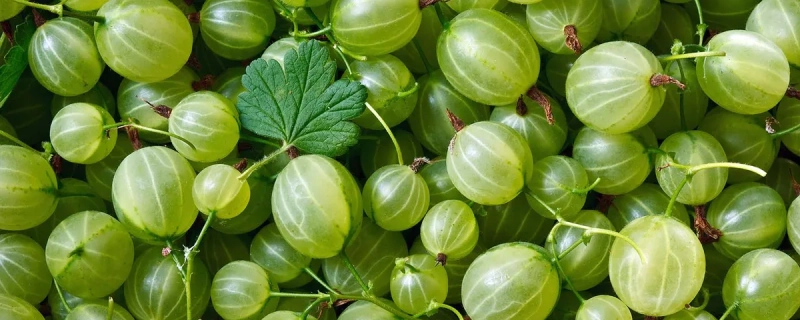
Nutritional Insights
Rich in vitamin C (for immune support and tanginess), fiber, vitamin A, and antioxidants (polyphenols, anthocyanins). Low calorie and low glycemic index. Regular use helps with vitamin C deficiency, supports healthy digestion, and improves skin health.
Modern Culinary Trends
Chefs and bartenders use gooseberry puree in cocktails for acidity and color. Gooseberries are pureed for modern sauces or gels in fine dining. Some restaurants add pickled gooseberries to seafood or game dishes for acidity and visual contrast.
Interesting and Curious Facts
In Victorian England, gooseberries were bred for size, with some weighing over 60 grams. In Russia, gooseberries are a symbol of summer and are common in gardens. Gooseberries were banned in some parts of the US to protect white pine trees.
Harm and Dietary Considerations
Excessive consumption can cause digestive discomfort due to acidity or fiber. People with a history of oxalate kidney stones should limit intake. No evidence exists for harm during pregnancy or breastfeeding in food amounts; allergic reactions are very rare.
Religious Dietary Considerations
Gooseberry is permissible in all major religious traditions, including Halal, Kosher, Hindu, and Buddhist dietary laws, with no restrictions.
Final Thoughts & Sensory Journey
A gooseberry delivers a vibrant sensory experience: first, an invigorating tang and crisp juiciness, then a subtle, floral sweetness as the fruit ripens. It is a fruit that refreshes, surprises, and leaves a memorable finish—inviting new uses in both heritage and contemporary cuisine.
Resources
-
Mabberley, D. J. (2017). Mabberley's Plant-book: A Portable Dictionary of Plants. Cambridge University Press. ISBN 978-1107115026
-
McGee, H. (2004). On Food and Cooking: The Science and Lore of the Kitchen. Scribner. ISBN 978-0684800011
-
Davidson, A. (2014). The Oxford Companion to Food. Oxford University Press. ISBN 978-0199677337
-
Journal of Agricultural and Food Chemistry, 2019, "Phenolic Profiles and Antioxidant Activity of Gooseberries (Ribes uva-crispa L.)"
